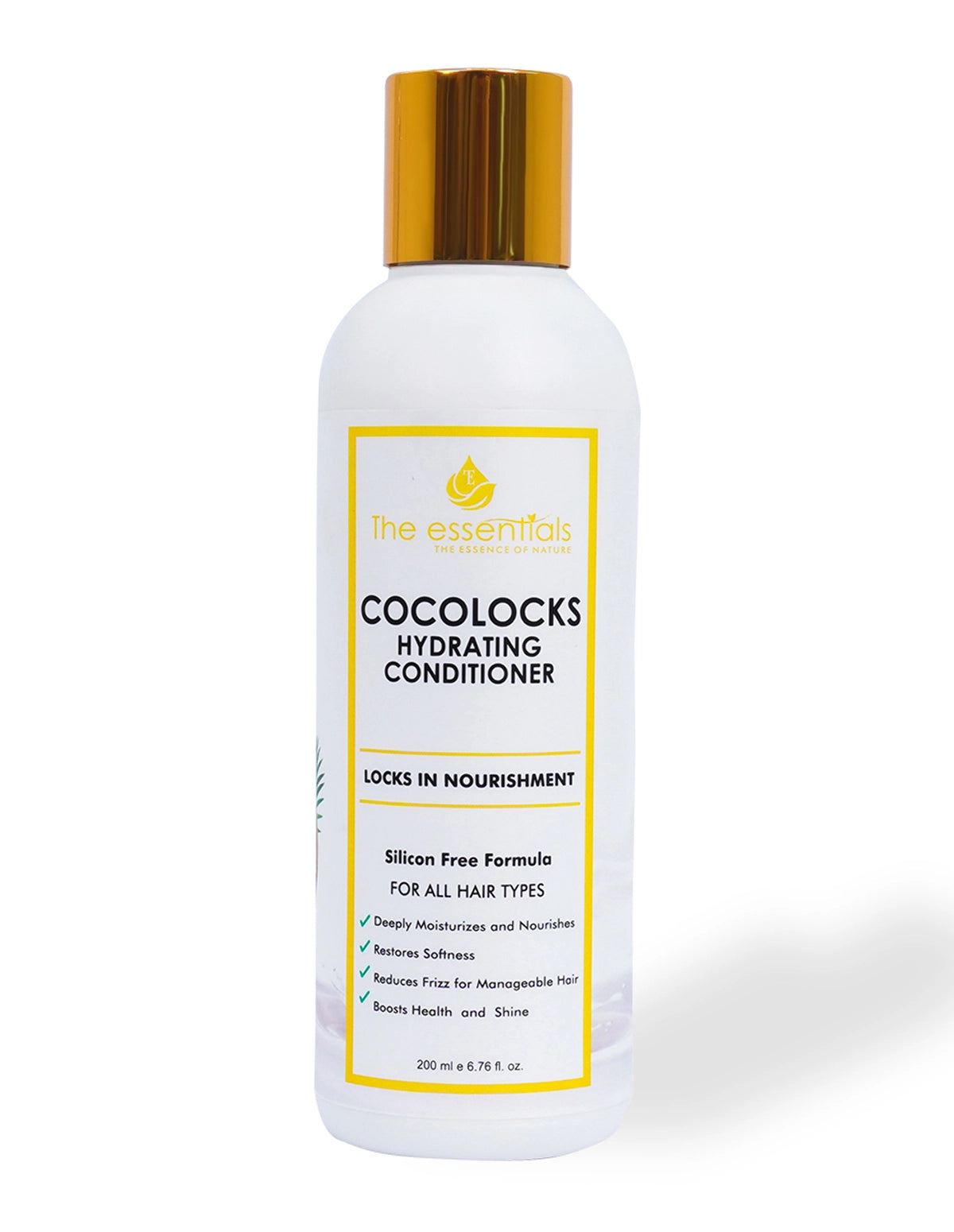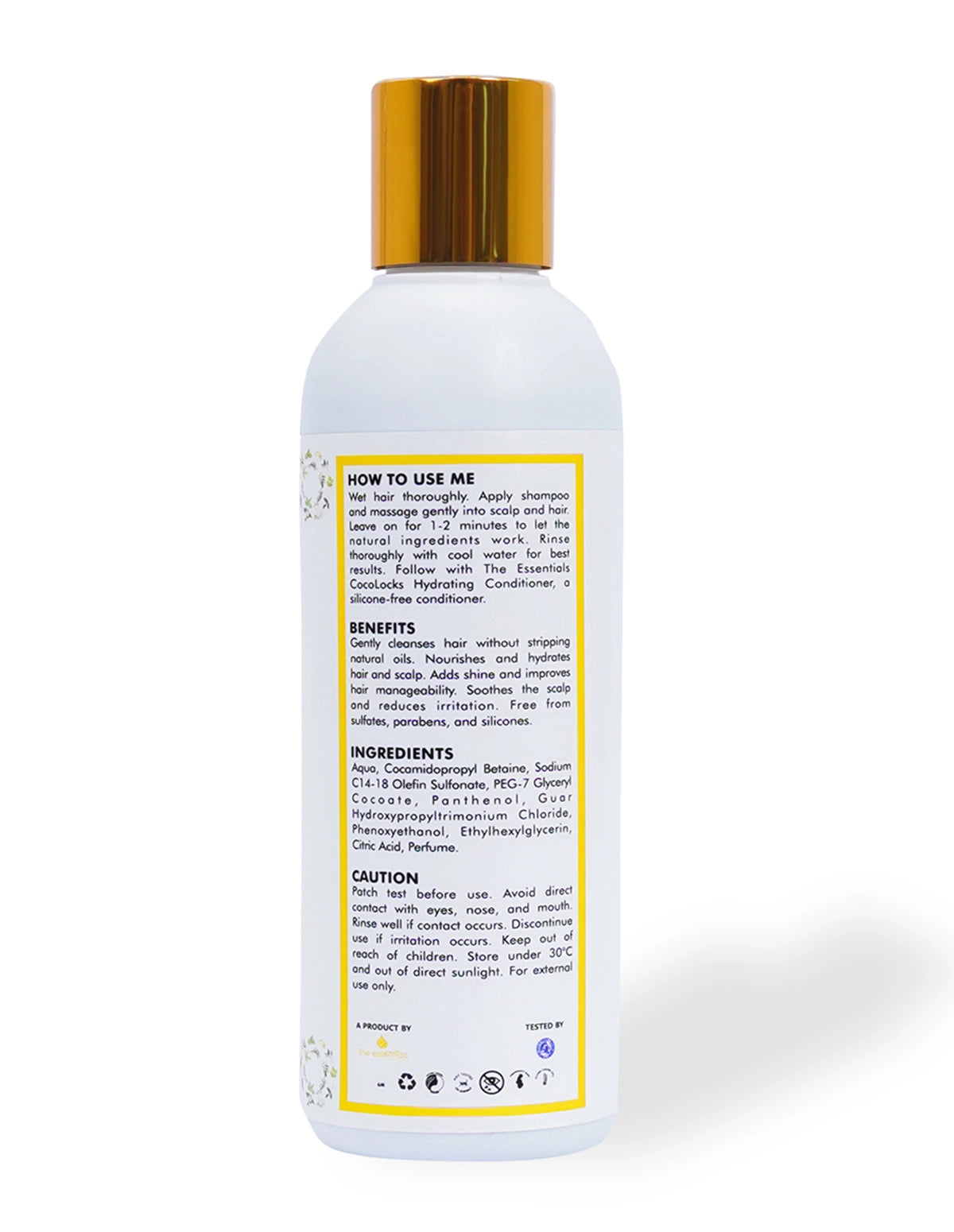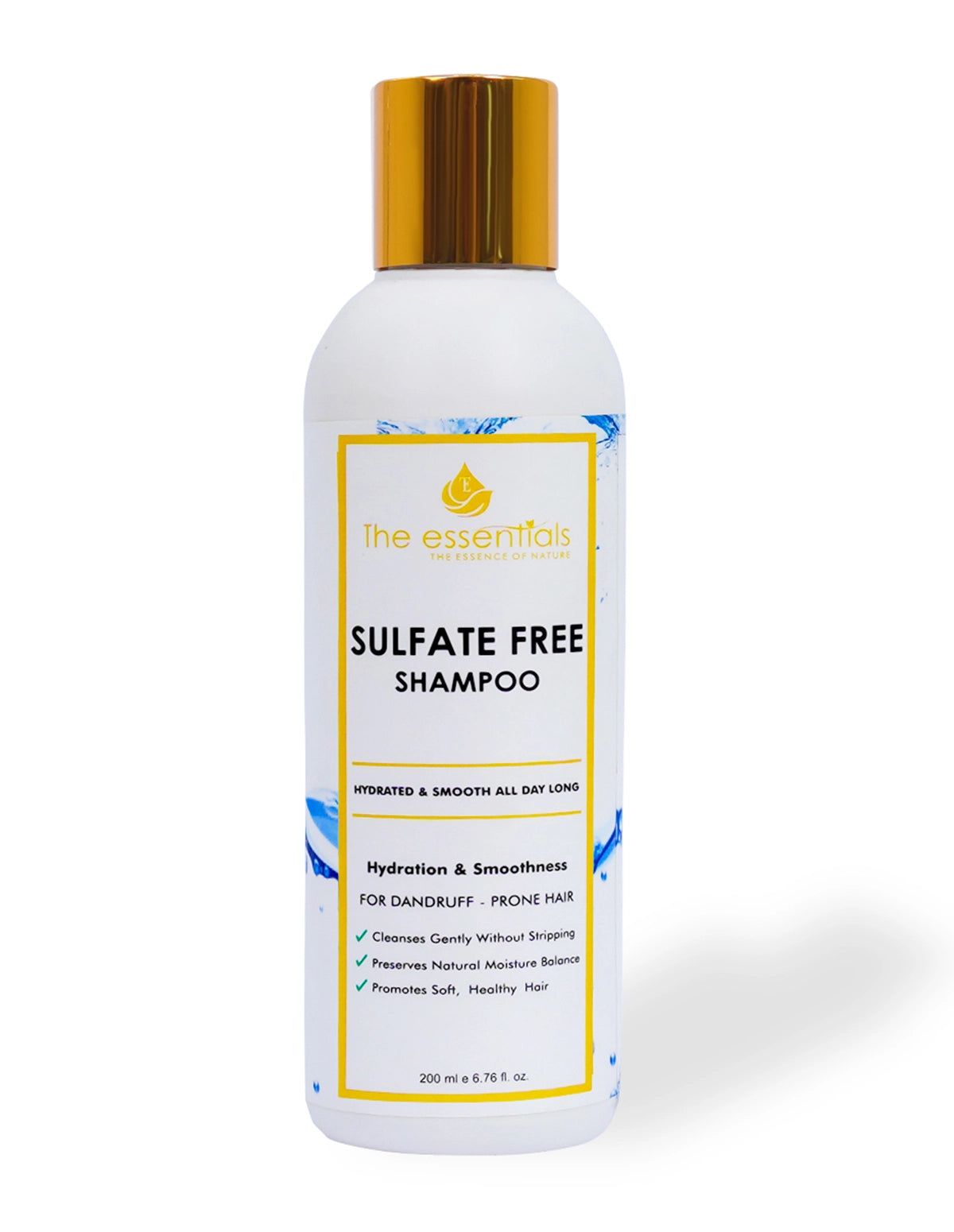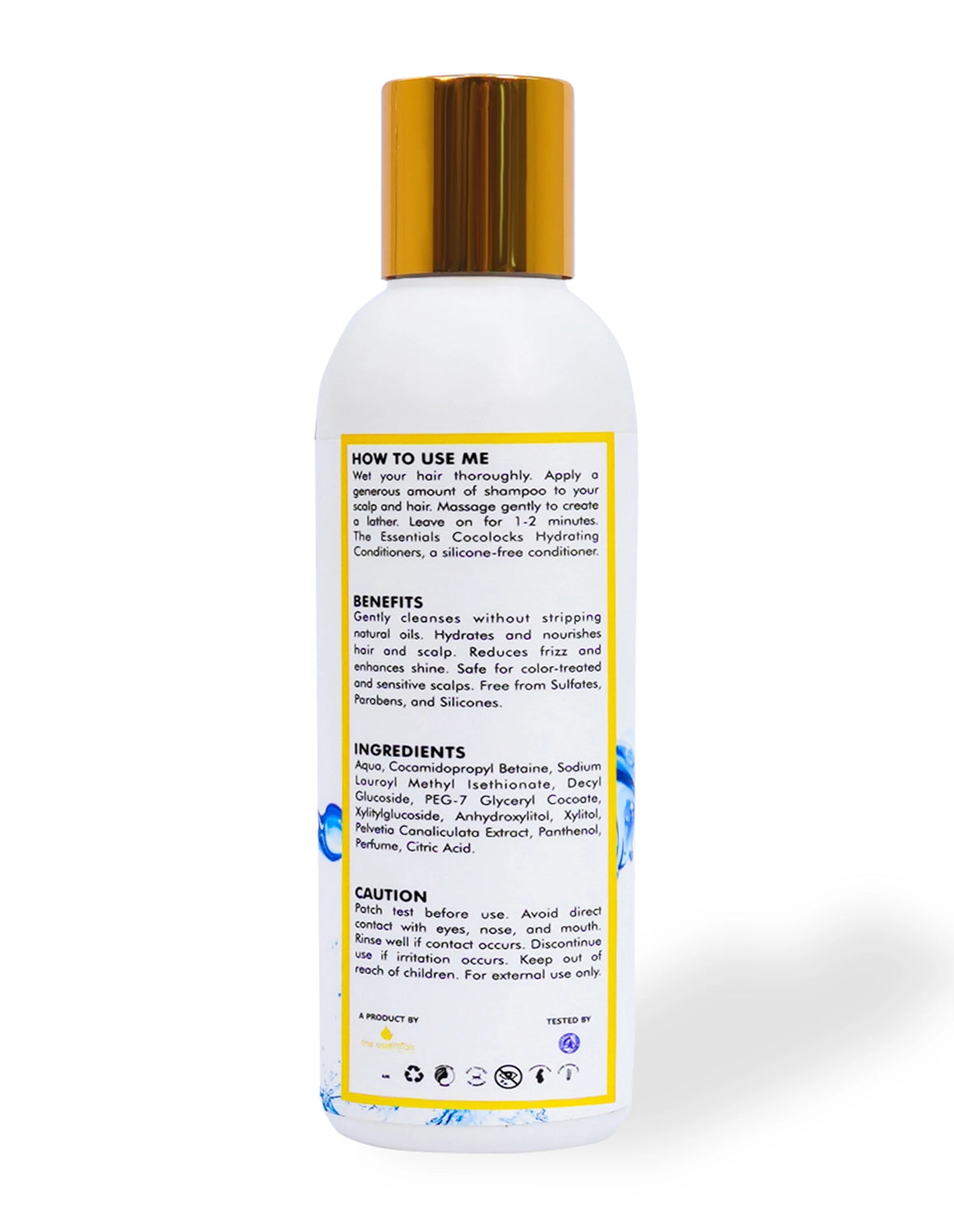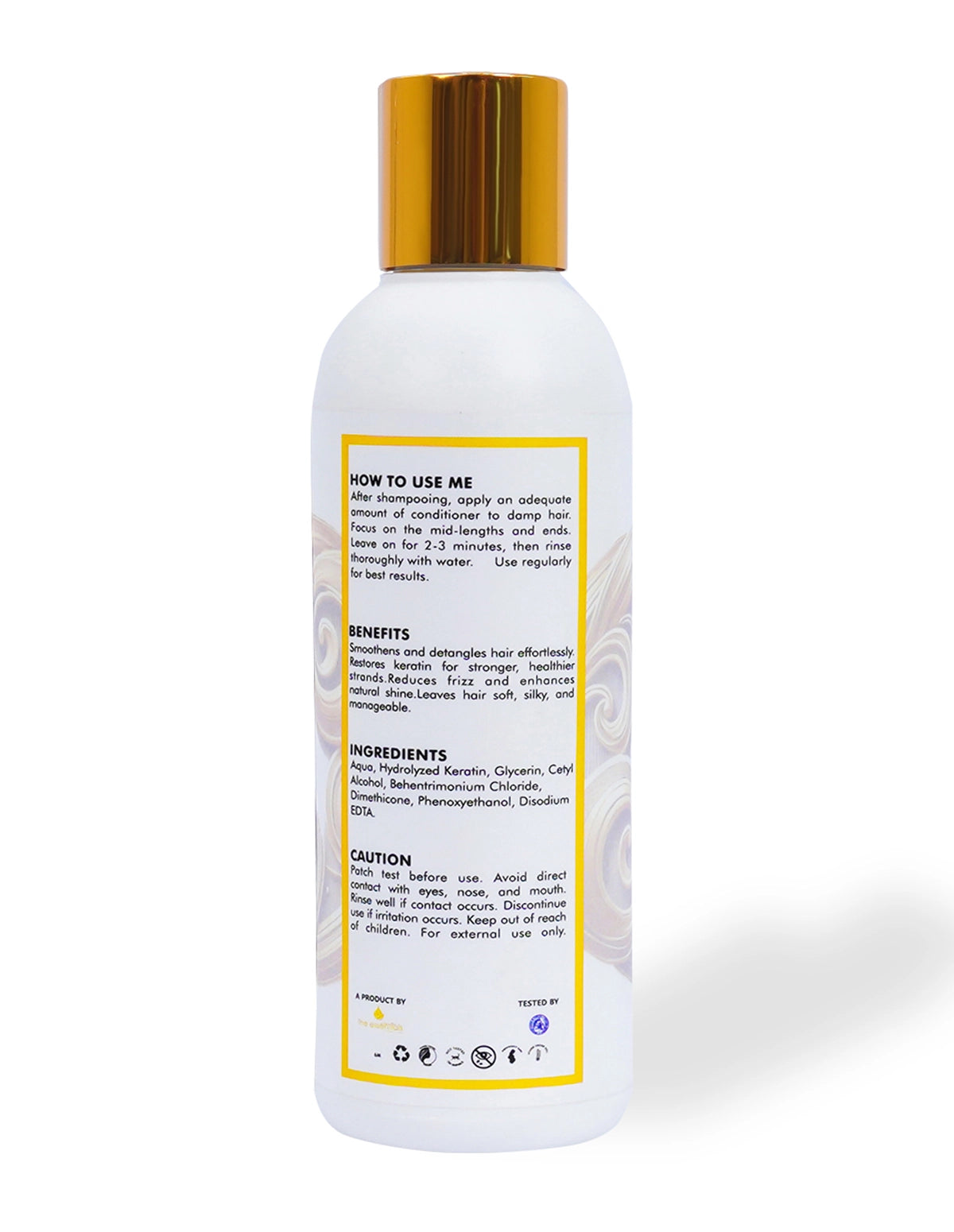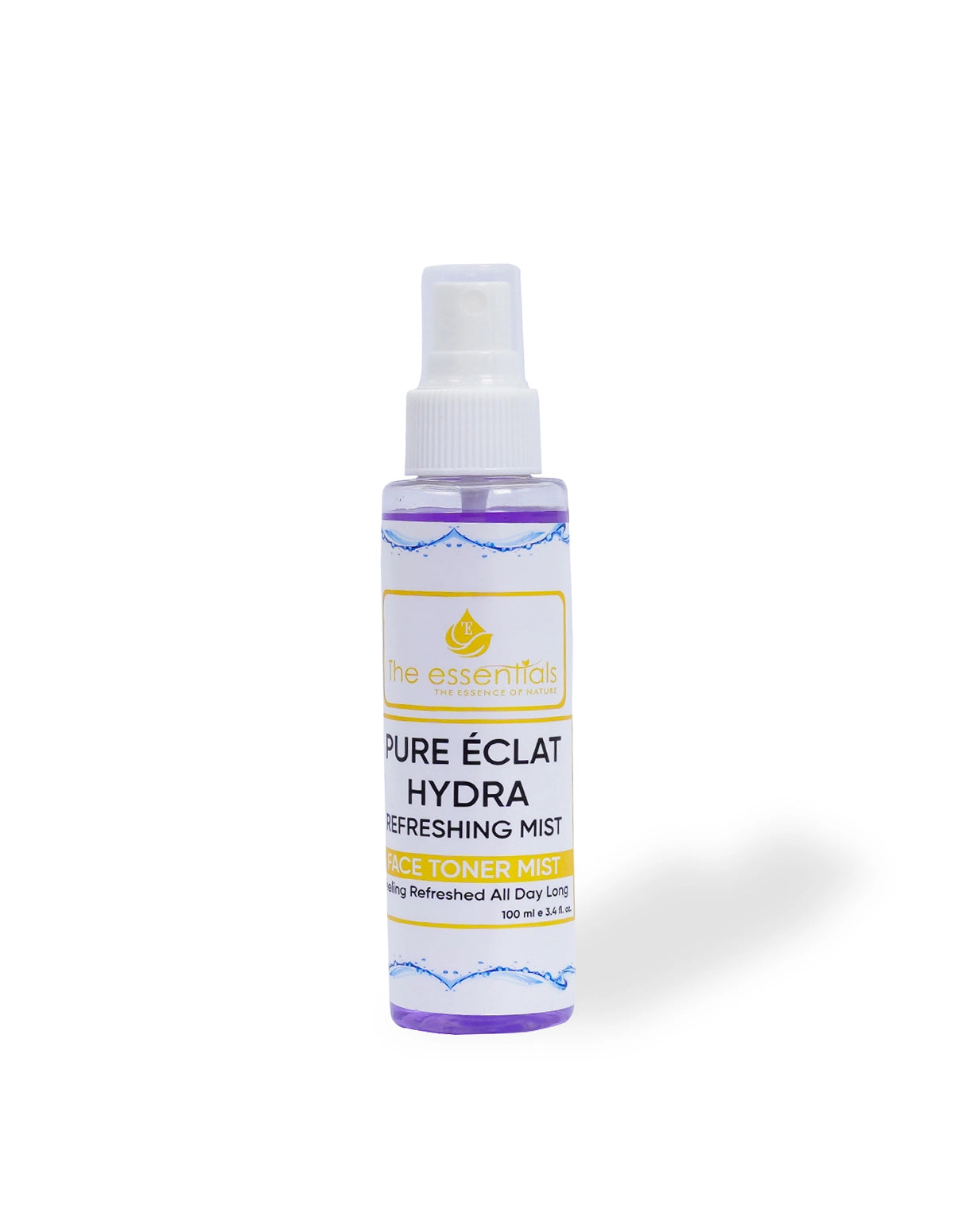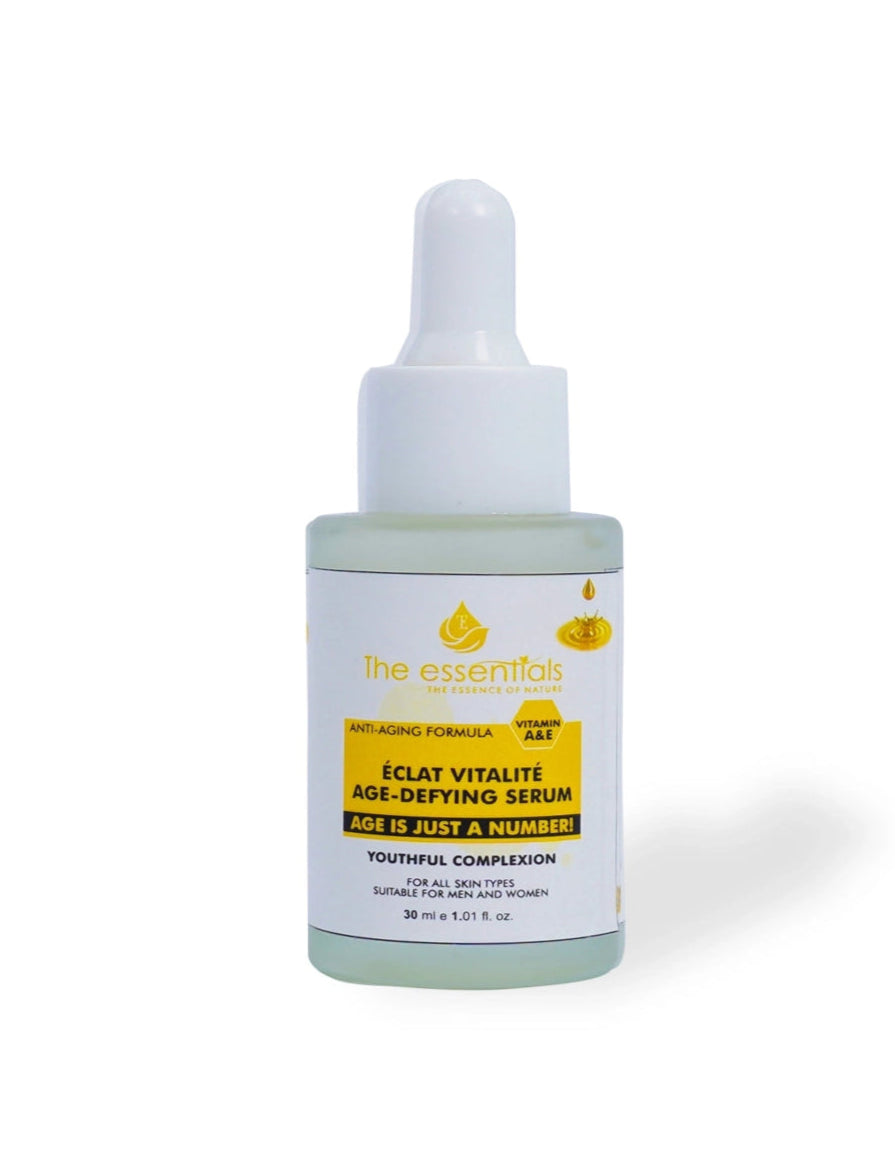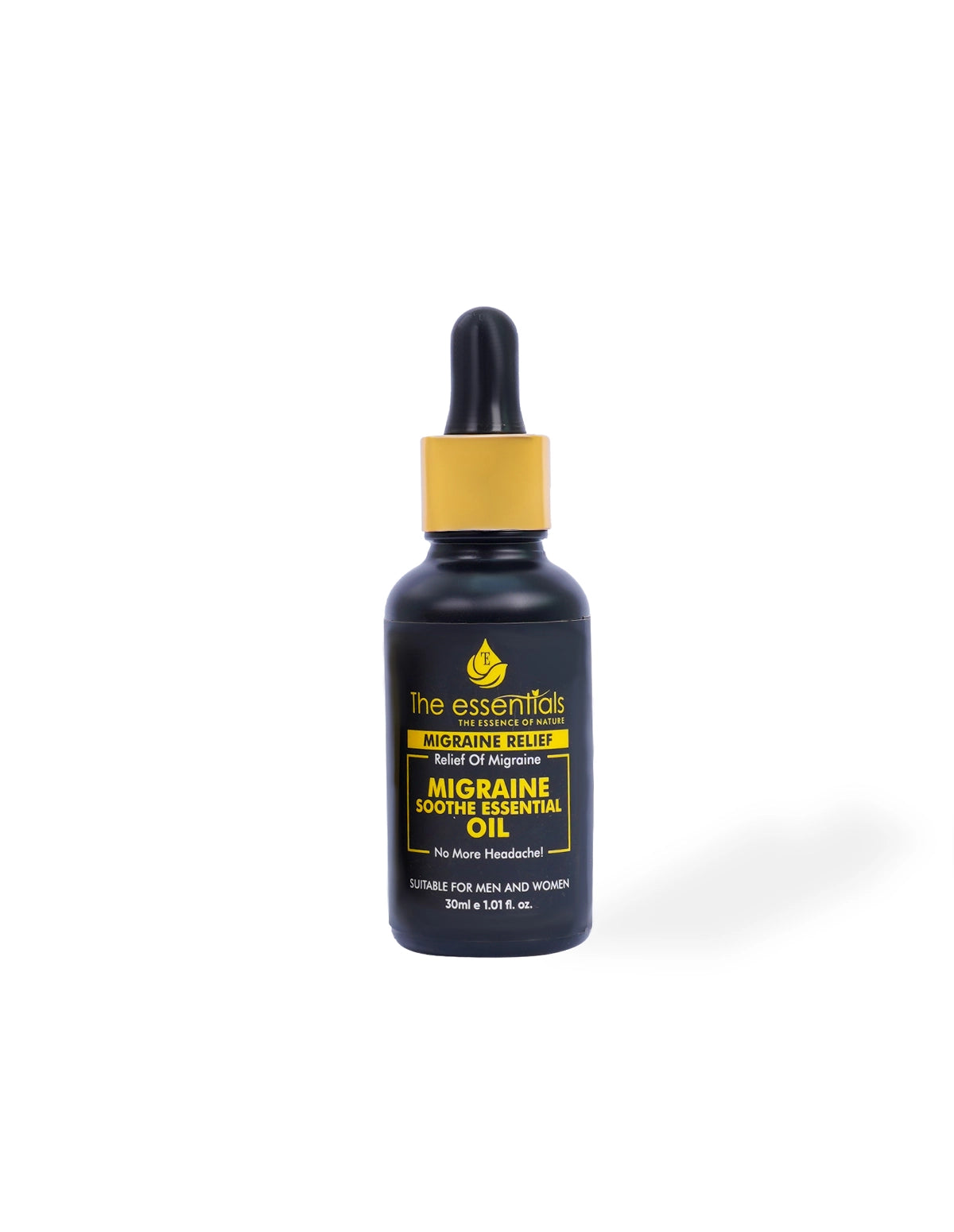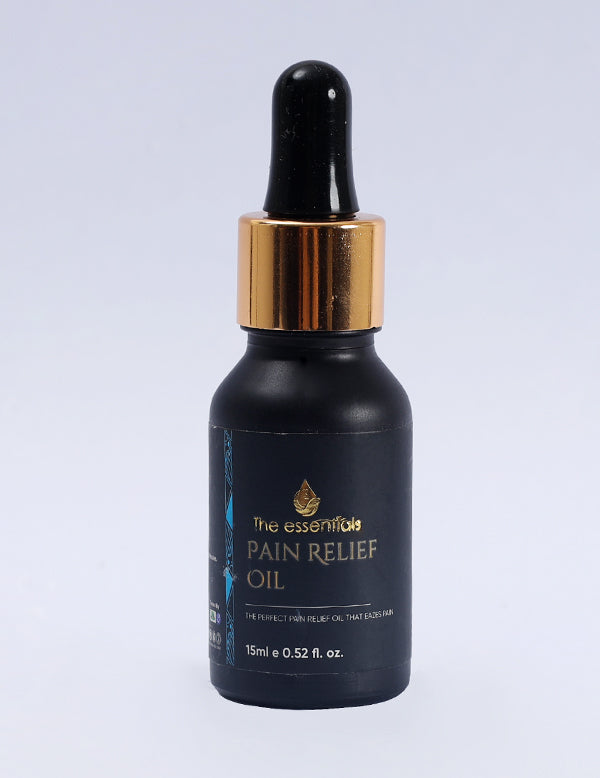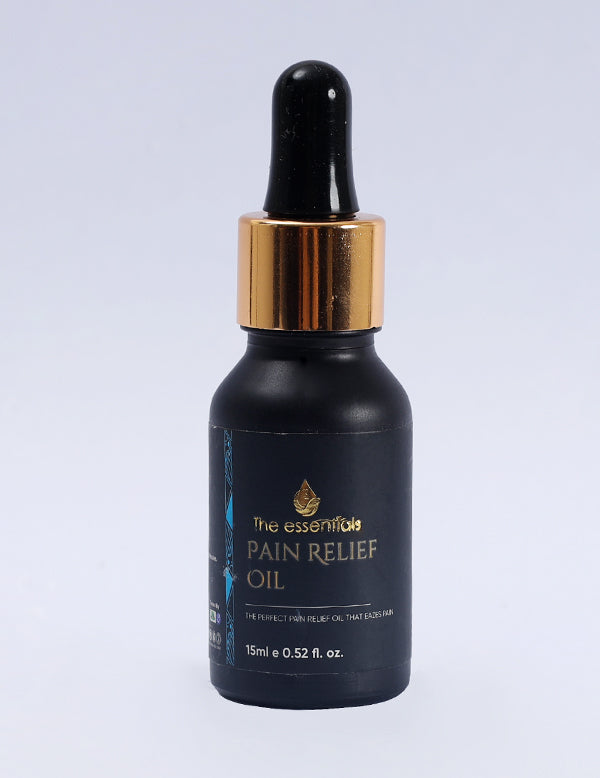Hair Care
Skin Care
Essential Oils & Pain Management
Our Certifications







Blog posts

Pure Keratin Therapy Smooth Shampoo: The Key to Silky, Healthy Hair Every Day
Pure Keratin Therapy Smooth Shampoo is an excellent choice for daily use, providing smooth, frizz-free hair while strengthening and nourishing each strand. Infused with keratin, it restores moistur...
Read more
The Best Face Serums in Pakistan: Achieve Flawless, Radiant Skin with The Essentials
Discover the power of potent, high-performance face serums in Pakistan with The Essentials. Whether you're targeting fine lines, dark spots, pigmentation, or dull skin, our clean, science-backed fo...
Read more
The Ultimate Guide to SPF 60+ Sunscreen: Your Skin's Best Friend
SPF 60+ Sunscreen: Your Ultimate Protection Against UV Rays Looking for the best SPF 60+ sunscreen for sun protection? This guide explains why SPF 60 is the ideal choice for face protection against...
Read moreLet customers speak for us
Frequently Asked Question's
A basic skincare routine typically involves four key steps. Start by cleansing your face with a gentle cleanser to remove dirt and impurities. Next, apply a hydrating toner or mist to balance your skin's moisture levels. Follow this with a targeted serum to address specific skin concerns, such as brightness or aging. Finally, moisturize with a suitable cream to keep your skin hydrated and protected throughout the day. Adjust the products based on your skin type for the best results.
To stop hair fall, use gentle, sulfate-free hair care products and maintain a healthy diet rich in vitamins and minerals. Reduce stress through relaxation techniques like yoga or meditation, and limit heat styling to prevent damage. Regular scalp massages can improve circulation and promote growth, while staying hydrated helps keep your hair nourished. If hair fall continues, consult a healthcare professional or dermatologist for personalized advice and treatment options.
Pain management guidelines focus on assessing the patient's pain and creating personalized treatment plans. A multimodal approach combines medications, physical therapy, and non-drug therapies like cognitive-behavioral therapy. Patient education is vital for informed decision-making, and regular monitoring helps adjust treatments as needed. Collaborative care among healthcare providers ensures effective pain management tailored to individual needs.









